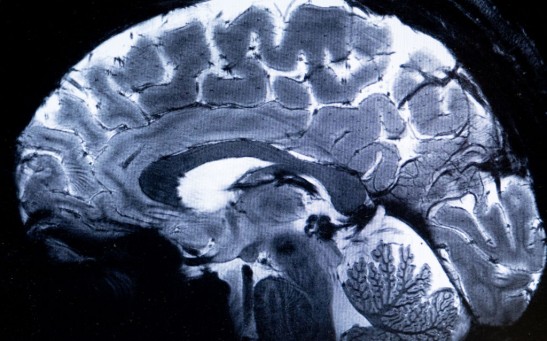microplastics

Microplastic Consumption Across 109 Countries Revealed Through a Map; Which Area Ingests Plastic Waste the Most?

Top Plastic Particle Consumer? Countries With Highest Microplastic Consumption, Inhalation Revealed in New Study

Microplastics in Humans: Tiny Plastic Particles Found in Blood Clots in Brain, Heart, Legs [STUDY]

Microplastics Detected in Men's Testicles in Significant Concentrations, Posing Risks to Fertility and Overall Health

Nanoplastic Mystery: Scientists Seek Answers to Environmental and Health Impacts
Microplastics Pose Threat to Body's Cellular Powerhouse Mitochondria [Study]
Breaking Down the Plastic Problem: Plant-Based Polymers Offer Hope in Microplastic Battle
Microplastics and Nanoplastics Transferred During Cell Division Linked to Tumor Metastasis in Gastrointestinal Cancer Cells
Women’s Placentas Contain Potentially Toxic Microplastics, Mostly From Plastic Bags and Bottles [Study]

57,000 Pounds of Plastic Pellets Caused Environmental Crisis on Spain's Northern Coast After Shipping Container Spill

Microplastics Found in Nearly 90% of Meat, Even Plant-Based Ones: Study Reveals Widespread Human Exposure

Snail-Inspired Robot Aims to Combat Microplastic Pollution in Water Bodies

Microplastics Discovered in Abundance in Long-Closed Missouri Cave System: How Did It Get There?

Microplastic Threat to D.C.'s Waterways Exposed: River Quality, Sediments, and Aquatic Life at Risk
Most Popular

How Technology Is Changing the Real Estate Industry?

How a Plant-Based Diet Can Protect Against Breast Cancer: Insights from Nutrition Research

Study Reveals High Turnover in Scientific Research Careers: What This Means for Future Scientists

Nikolay Karpenko Biography, Photo, Career, Accomplishments






